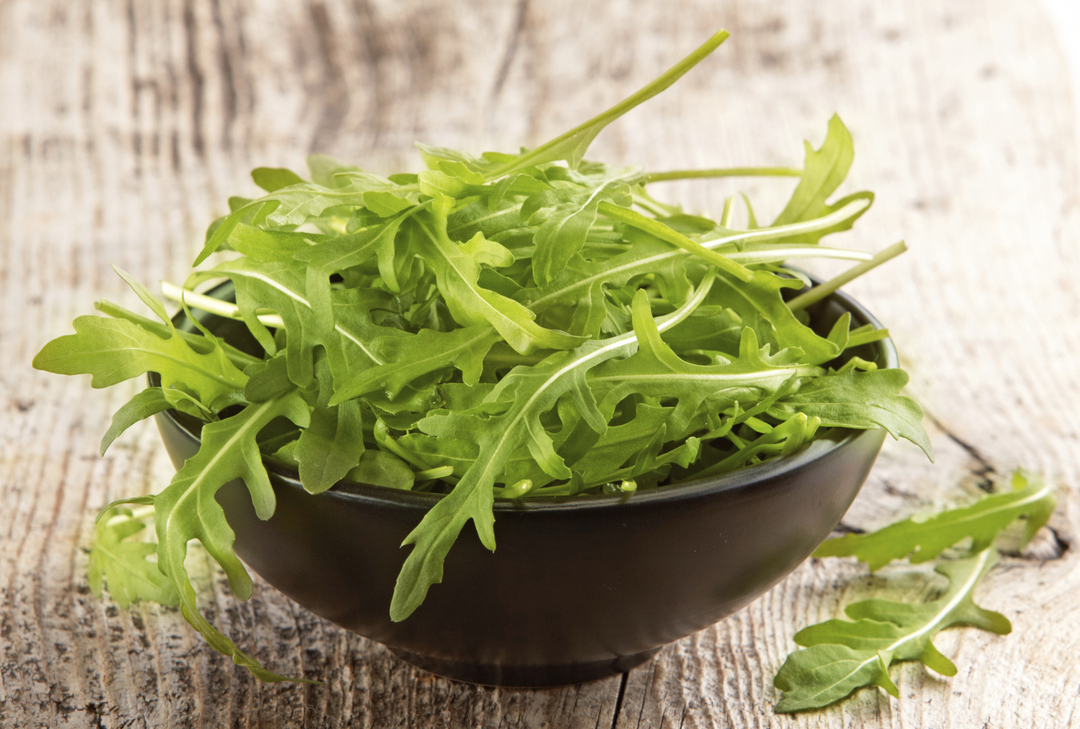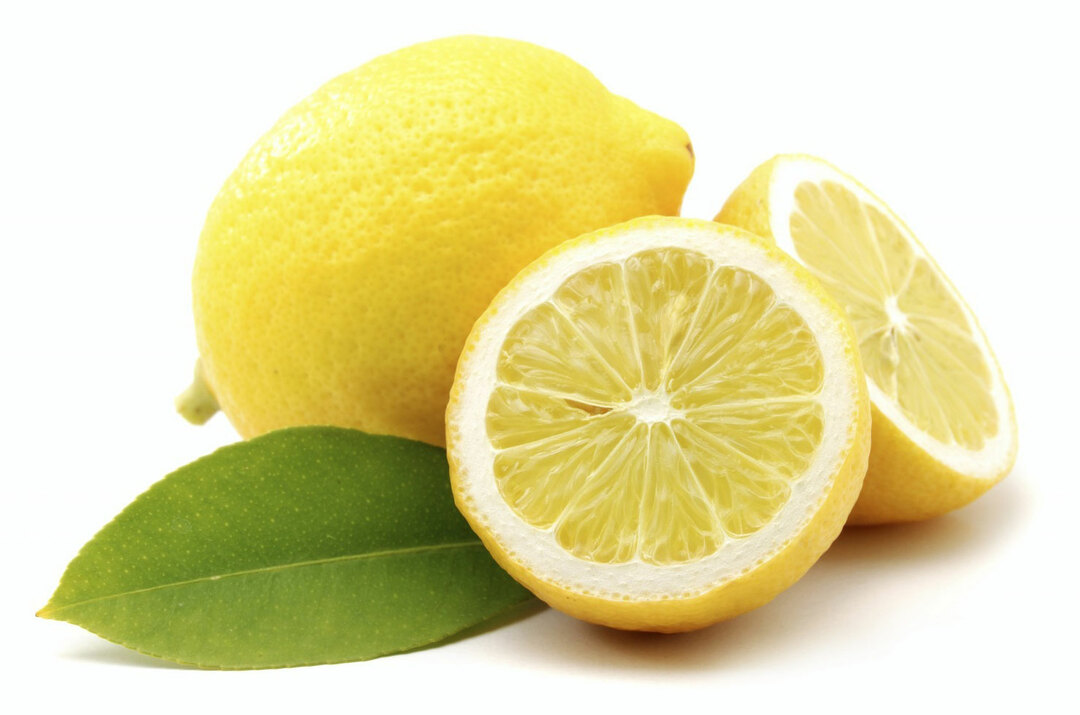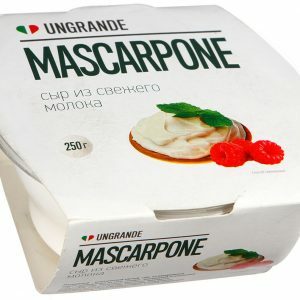Diet for a sick stomach
Improper diet, abuse of heavy food, alcohol, neglect of hygiene standards, untimely therapy of pathologies of the digestive system lead to the onset of pain in the area stomach. The feeling of heaviness, discomfort makes adjustments to life, therefore, timely diagnosis and treatment of stomach diseases are required. An important place in the therapeutic course is occupied by a diet for a sick stomach.
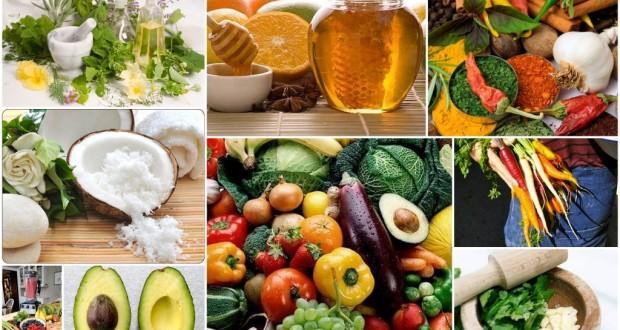
Diet for a sick stomach
Content
- 1 Causes of pain
-
2 Diseases as causes of stomach pain
- 2.1 Video - Nutrition for stomach ulcers
- 3 Power features
- 4 Treatment table recommendations # 1
- 5 Treatment table recommendations # 1a
- 6 Treatment table recommendations # 1b
- 7 Treatment table recommendations # 2
- 8 Treatment table recommendations No. 16
Causes of pain
Pain syndrome in the stomach - a response of nerve endings to mechanical, inflammatory damage, spasm musculature of the organ, is a signal for help when the stomach does not have the ability to cope with the problem on one's own.
Improper diet leads to stomach pain:
- eating sandwiches, fast food;
- mono diets;
- a sharp restriction of calorie intake;
- taking hot, cold food;
- lack of diet;
- eating rough food;
- the predominance of animal fats in the daily diet;
- the use of canned products;
- replacement of water, tea with sweet carbonated drinks;
- the predominance of sour, salty foods on the menu.
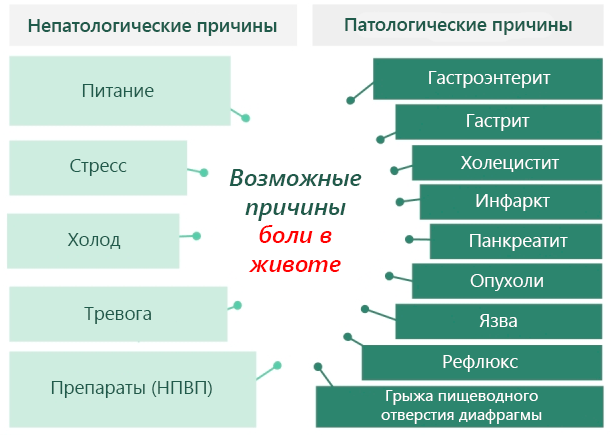
Common Causes of Stomach Pain
The next reason for the frequency is the prolonged use of certain medications that have an aggressive effect on the gastric mucosa, namely:
- medicines based on acetylsalicylic acid;
- syrups, suspensions Paracetamol, Ibuprofen, Nurofen;
- sedative drugs with motherwort.
Heartburn is a feeling of discomfort, burning sensation in the stomach area, radiating to the upper parts of the digestive tract. It occurs some time after eating, less often after physical exertion.
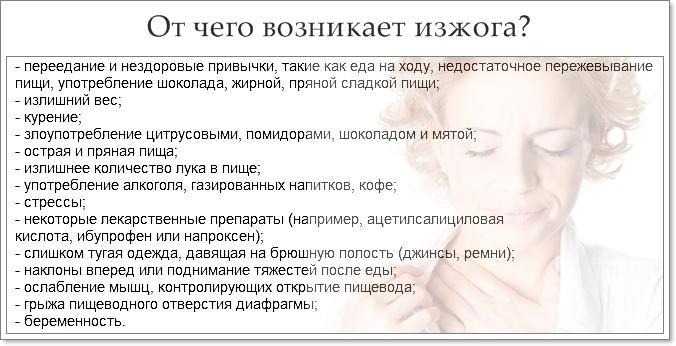
The causes of heartburn
May be the result:
- intensive production of gastric juice with abuse of chewing gums;
- intolerance to some food products, their components;
- pregnancy, against the background of which there is a change in hormonal balance, which affects the work of the digestive tract; also the fetus in the process of growth, development can put pressure on the stomach;
- stressful situations, against the background of which there is a change in the work of internal organs, endocrine glands;
- the presence of bad habits: the use of alcohol-containing products, smoking are irritating action on the mucous membranes of the digestive tract, which entails disturbances in their work.
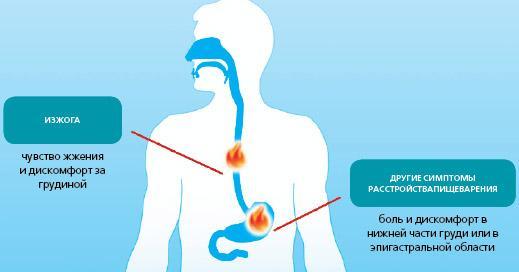
Heartburn symptoms
Diseases as causes of stomach pain
Pain in the stomach can be the result of pathological processes, in the event of which it is necessary to urgently seek the advice of a specialist:
| Diseases | Image | Description |
|---|---|---|
| Pancreatitis | 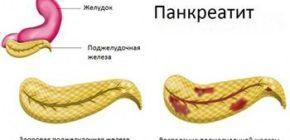 |
Inflammatory pathology of the pancreas, with severe symptoms. The patient complains of pain in the stomach, to the left of it, radiating to the back. Nausea, vomiting, weakness, tachycardia develop. Impurities of food debris appear in the stool |
| Cholecystitis | 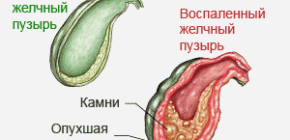 |
Inflammatory process in the gallbladder against the background of blockage of the ducts. It proceeds with a sharp, pronounced pain syndrome in the stomach and below the ribs. With the development of pathology, the patient's body temperature rises, vomiting, nausea occurs. The process of flow of bile into the intestines is disrupted, which causes a discoloration of the skin, eye sclera, which acquire a yellowish tint |
| Stomach polyps | 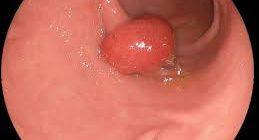 |
Benign neoplasms that form from the tissues of the organ. With small sizes, they do not cause discomfort. In the process of overgrowth, they can cause severe pain in the stomach area, opening of bleeding in the organ, changes in feces |
| Stomach cancer | 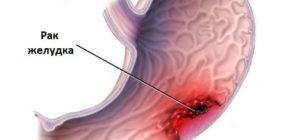 |
Malignant neoplasms, which at the initial stages of development do not lead to the development of a clinical picture. Later, the patient may complain of a constant feeling of fatigue, rapid fatigue, and rapid weight loss. In the process of growing tumors, the patient suffers from pain in the stomach that occurs after eating, flatulence, a feeling of heaviness, discomfort, loss of appetite, heartburn, pain when swallowing, vomiting, diarrhea with blood or dark color, which indicates the opening of the internal bleeding |
| Stomach ulcer | 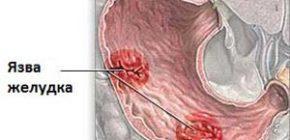 |
Pathology of a chronic form, in which erosion forms on the walls of the organ. It is the most commonly diagnosed pathology. The disease can be recognized by the pain syndrome, discomfort in the stomach, which are exacerbated after eating. The patient may complain of a decrease in appetite, body weight, flatulence, constipation, the appearance of a specific plaque on the tongue |
| Gastritis |  |
Inflammatory organ pathology with damage to the mucous membrane. The disease can be asymptomatic or have a pronounced clinical picture, which is characterized by: pain in the stomach after taking certain foods, burning sensation, vomiting, belching, flatulence, bad breath, diarrhea, constipation, nausea after awakening |
| Gastric infections | 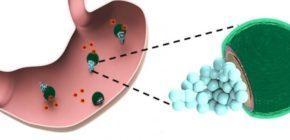 |
A disease that develops as a result of the penetration, reproduction of pathogenic microflora in the stomach. Symptoms of pathology are pronounced. The patient refuses food, complains of pain, heaviness, discomfort in the solar plexus area, headache. Vomiting, diarrhea, chills, excessive sweating, and an increase in body temperature may join these symptoms as the disease progresses. |
| Ulcer perforation | 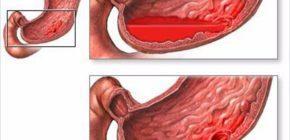 |
The formation of a hole in the wall of the organ and the penetration of its contents into the abdominal space. The process of perforation is characterized by an acute pain syndrome in the stomach area, radiating to the entire abdomen, there is a rapid change in the color of the skin, which turns pale. Increased sweating, decreased blood pressure and slowed heart rate |
Unlike many other pathological processes in the body, the diet for diseases of the digestive tract is an important element of treatment, which determines its effectiveness, the speed of restoration of normal functioning of the stomach and elimination of symptomatic paintings.
For stomach pain of various etiologies, complex treatment is prescribed by the attending physician. It aims to:
- elimination of factors that led to the development of pathological processes;
- protection of the organ from the aggressive effects of pathogenic microflora, malnutrition, and other predisposing factors;
- destruction of Helicobacter pylori;
- restoration of the normal functioning of the stomach;
- elimination of psychoemotional signs of pathologies that have arisen against the background of gastric diseases and do not go away after the therapy and recovery.
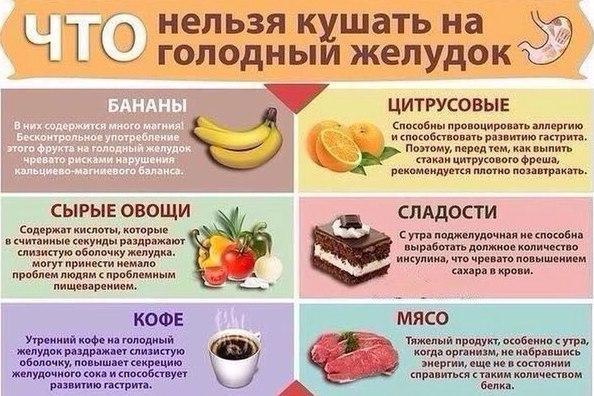
Harmful foods that should not be eaten on an empty stomach
In case of pain in the stomach, the choice of the treatment table is carried out by the attending physician, based on the type of pathological process, the degree lesions of the stomach and the degree of disruption of its functioning, the stage of the disease, the general condition of the patient, as well as his food status.
As a rule, depending on the level of acidity of the stomach, diets are prescribed in accordance with the recommendations of the treatment table:
- No. 1 and its modifications 1a and 1b at normal and elevated pH levels;
- No. 2 with low acidity;
- No. 16 at the stage of recovery from the disease.
These treatment tables contain basic nutritional recommendations, in accordance with which the patient must be excluded from the diet, add some food products that will help cope with pathological processes, restore normal performance stomach.
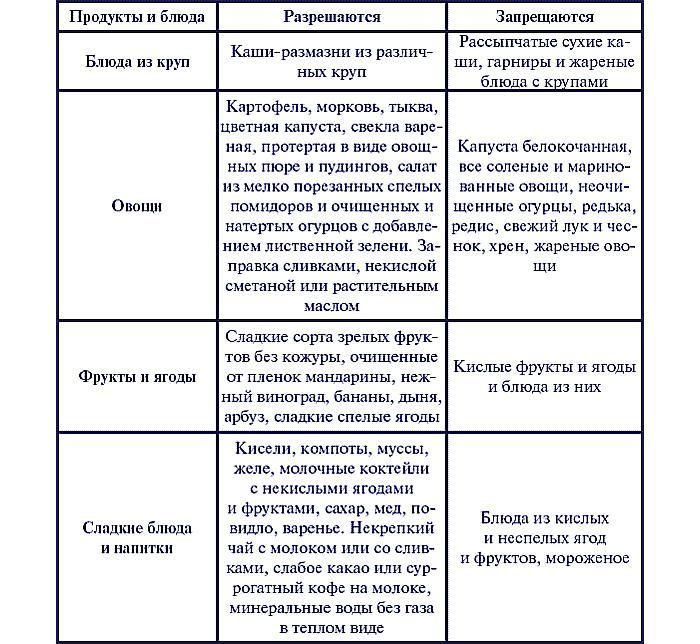
Diet for ulcerative lesions of the gastric mucosa
The most sparing during the period of exacerbation of the disease are the recommendations of the diet No. 1a and No. 1b, which help to reduce the influence of chemical, physical and mechanical factors on the stomach, which have a negative effect on the secretory function organ. However, tables 1a and 1b are not complete, and therefore are appointed for a period of no more than 10-14 days.
Diet No. 1 is complete, regardless of its modification - a rubbed or not rubbed option, therefore it can be used for up to six months. This treatment table is recommended for patients with chronic stomach pathologies. It is also recommended for the recovery period after the treatment table 1a and 1b, which allows the stomach to be prepared for the transition to the previous diet.
Treatment table No. 2 is recommended for diseases accompanied by low acidity, which entails many dangerous complications. Diet recommendations # 2 allow you to enhance the secretory function of the organ, reduce the fermentation process. It is complete, can be prescribed for a long time.
Video - Nutrition for stomach ulcers
Power features
Regardless of the causes of stomach pain for the period of treatment, you must adhere to the following recommendations:
- Meals should be at the same time at regular intervals. Such a habit will help the patient to establish the secretory function of the liver and stomach. This will allow the production of the required amount of gastric juice, bile for the next meal, the moderate intake of which prevents irritation of the walls of the organ, does not create an aggressive environment.
- The portions should be small. The number of meals should be increased to 6. Such a habit will ensure a sufficient supply of nutrients to the body, will not overload the organs of the digestive tract, and will help to get rid of excess weight.
- Each dish should be at a comfortable temperature to prevent burns, irritation of the gastric mucosa and esophagus. Avoiding very cold or hot food will reduce the risk of indigestion by several times. Doctors say that the optimal temperature for food that can be consumed ranges from 20 to 50 degrees.
- All products should be steamed, boiled. Cooking in the oven is allowed, but brownish crust should be avoided.
- In order to reduce the aggressive mechanical effect of food, it is recommended to use liquid or pureed food in the acute period of the disease.
- An important rule of a therapeutic diet is breakfast. This meal is not recommended to be skipped, as it contributes to the normal functioning of the stomach and starts its work.
- The duration of the therapeutic diet is established by the attending physician. For the period of the acute course of pathological processes in the stomach, the diet lasts from 10 to 14 days, for the period of recovery or for chronic diseases of the gastrointestinal tract - up to 6 months.
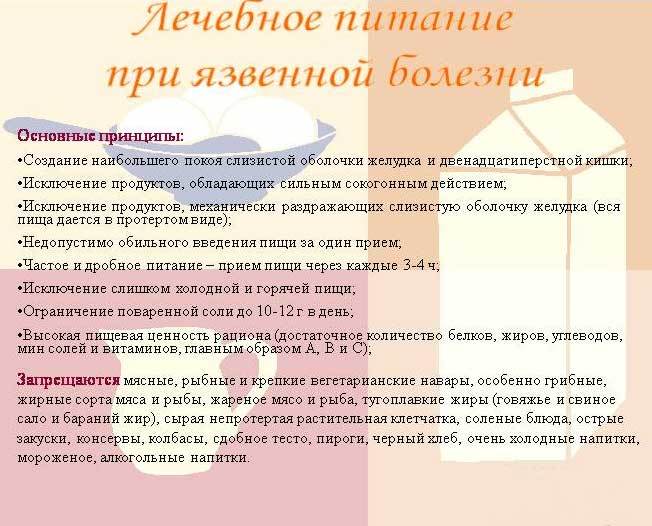
Principles of nutrition for gastric ulcer
Treatment table recommendations # 1
It is prescribed for acute and chronic gastritis with normal or high acidity, peptic ulcer disease. The duration of the therapeutic course with the help of health-improving nutrition is from 3 to 5 months.
During this period, it is worth abandoning products that cause fermentation, have an irritating effect on the walls of the stomach, and stimulate the excessive production of gastric secretions. These include heavy foods: canned, smoked, pickled, fried and salted.
Fatty meat and fish, mushrooms and broths based on them have an aggressive effect on the functioning of the stomach. Yeast products should be excluded from the diet: fresh bread, rich sweet bakery products.
Reduce fermentation in the organs of the digestive tract, which will entail a decrease in the feeling of discomfort, pain, complete exclusion of raw vegetables, fruits, especially should strictly limit the use of cabbage, sorrel, cucumbers, onions, contributing to the formation of gases.
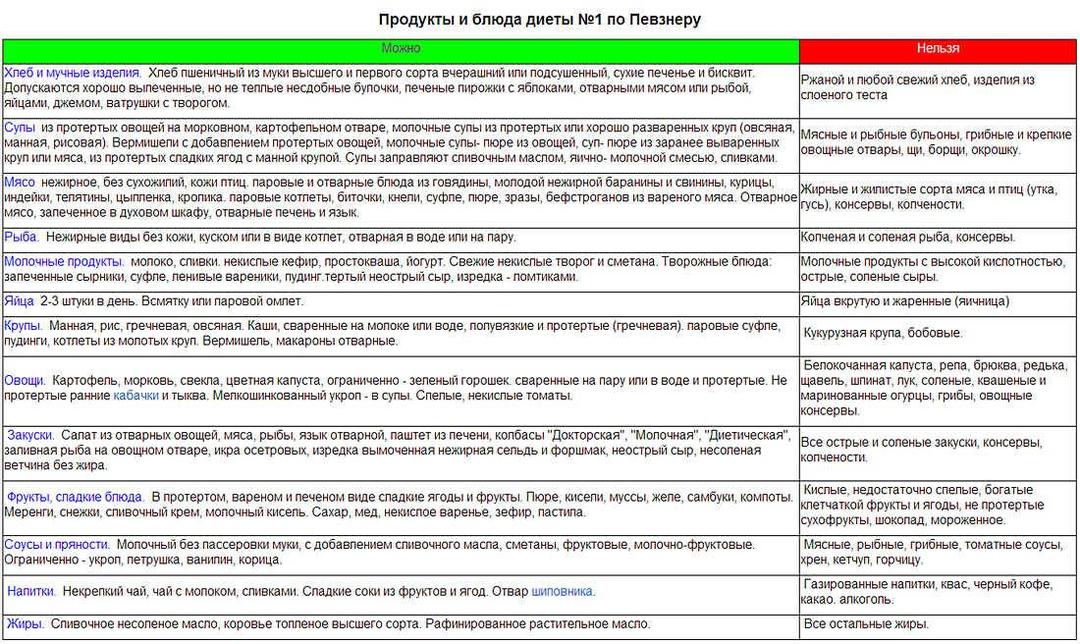
Products and nutrition of the treatment table No. 1
For the period of treatment, the patient should refuse cocoa-containing products, caffeine, kvass, carbonated and alcoholic beverages.
You can replace excluded products with stale bread, breadcrumbs. Instead of pork, steam or boil lean meats and fish. As a side dish, use boiled pasta, various cereals, excluding pearl barley, steamed and mashed vegetables.
For the first, you can cook light vegetable, cereal or milk soups. Add a small amount of butter or refined vegetable oil during cooking.
As a dessert, you can use marshmallows, marshmallows, curd mass, sweet fruits, berries, on the basis of which you can prepare mousse, jelly, jelly.
From drinking, one should give preference to natural drinks, decoctions of medicinal herbs. You can make juices and compotes based on sweet fruits and berries. Drink tea only weakly brewed, it is allowed to add a small amount of cream and milk.
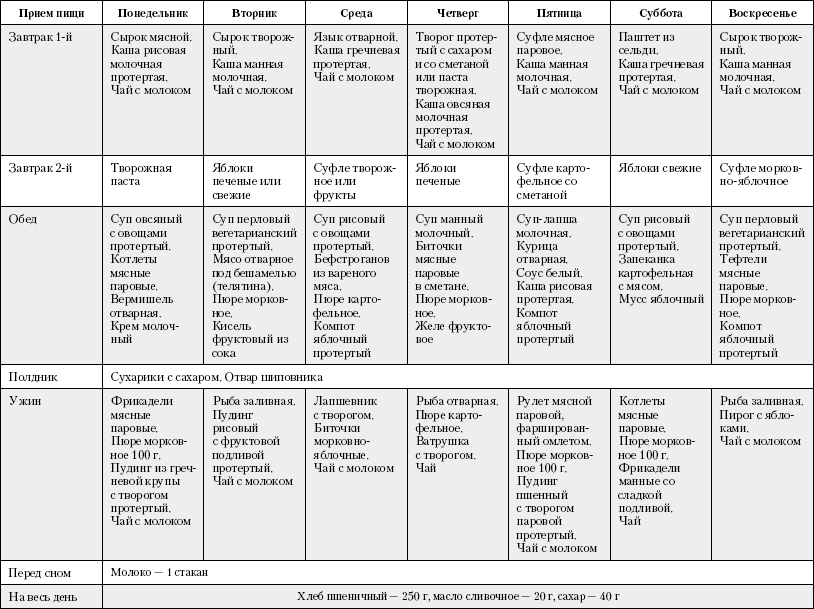
Sample menu
Important! The acute period of gastritis and ulcers, as a rule, lasts from 5 to 8 days, during which time foods should be completely excluded from the list of prohibited. Further, the nutritional adjustment is carried out by the attending specialist.
Treatment table recommendations # 1a
The therapeutic course in accordance with the recommendations of the treatment table No. 1a lasts from 1 to 2 weeks. The indication for a diet is an acute course, a relapse of ulcerative pathology or gastritis, in which there is increased acidity.
Treatment table # 1a is based on the recommendations of diet # 1. The patient should give preference to lean types of meat (rabbit, veal) and fish, while completely excluding pork and poultry.
During therapy, it is worth giving up pasta, noodles, which should be replaced with liquid cereals (buckwheat, rice, semolina) cooked in water or milk. Soups should be lean, you can take vegetable broth, cereals as a basis.
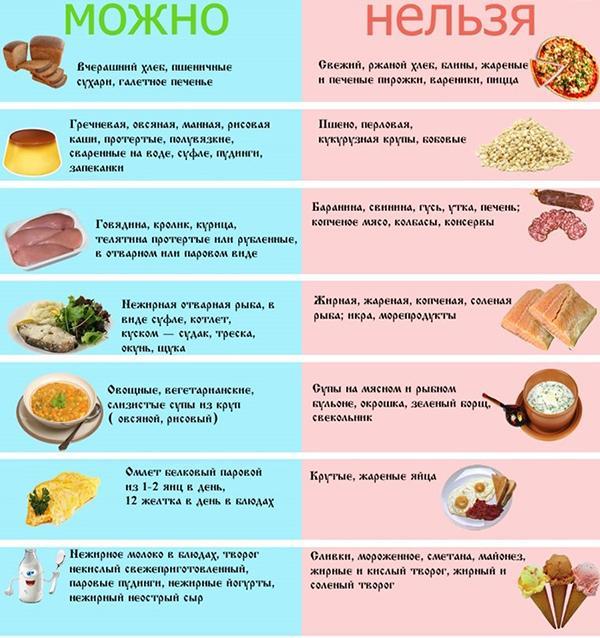
Nutritional recommendations for gastritis
At the time of treatment, it is necessary to remove all raw vegetables, fruits, berries from the diet, which stimulate fermentation processes and cause bloating. Cabbage, sorrel, onion, radish are strictly contraindicated. Replace excluded foods with vegetables from the children's diet (carrots, potatoes, pumpkin, zucchini, broccoli), which are mashed and boiled. During the preparation process, it is allowed to add a small amount of butter or refined olive oil.
Mushrooms, mushroom broths, spices, seasonings, marinades, pickles, smoked meats, legumes, fermented milk products, soft and hard cheeses.
Alcoholic drinks, soda, beer, kvass, cocoa-containing products, bakery products are strictly contraindicated. You can drink weak, diluted sweet natural juices, tea, herbal decoctions with the addition of milk. As a dessert, you can eat a small amount of natural honey or sugar.

Sample menu for 1 day
Treatment table recommendations # 1b
Diet food in accordance with the recommendations of the treatment table No. 1b is shown after the relief of an acute attack of pain.with ulcers and gastritis. The diet is aimed at healing erosions, relieving inflammatory processes by creating a favorable microflora in the stomach.
In accordance with diet No. 1b, the patient needs to give up fatty meat and fish, mushrooms and broths based on them. Do not eat raw vegetables, strictly avoid white cabbage, sorrel, spinach, radishes, turnips, onions, which increase the feeling of pain in the stomach. It is not recommended to consume acidic fruits and vegetables.
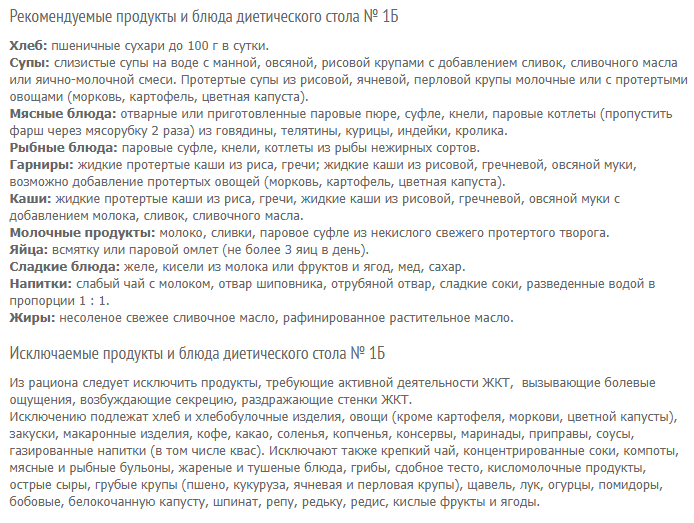
Recommended and excluded foods and dishes of the diet table No. 1B
List of approved products:
- fresh milk, no more than 1 liter per day;
- cream;
- vegetable, cereal mucous, milk soups;
- cereals cooked in water or milk, always in pureed and liquid form;
- soft-boiled eggs or omelet, no more than 3 pcs. in a day;
- lean types of fish and meat;
- butter not more than 80 g / day;
- refined olive oil;
- jelly from sweet fruits and berries, milk;
- juices and compotes from sweet fruits, berries;
- weak tea;
- carrot juice;
- decoction of rose hips;
- sugar no more than 3 tbsp. l. per day;
- croutons no more than 100 g / day.

Approximate menu of dietary table number 1B
Important! Treatment table No. 1b is quite gentle, but contains some restrictions. It is worth limiting the use of foods that contain a significant amount of fiber.
Treatment table recommendations # 2
The duration of the diet, based on the recommendations of the treatment table No. 2, is established by the doctor in accordance with the characteristics of the course of the disease and the general condition of the patient. It is indicated for chronic gastritis, colitis, for the recovery period after infectious and inflammatory pathologies and surgical intervention on the gastrointestinal tract.
All fatty, fried, smoked, pickled, salted, spicy foods, including fatty meats and fish, are banned in accordance with the recommendations of the dietary table No. 2. You should not eat mushrooms, nuts, dried fruits, chocolate, halva, ice cream, which are difficult to process with a sick stomach. Patients with diseases of the digestive tract are strictly contraindicated in coffee, alcohol, strong tea, carbonated drinks.
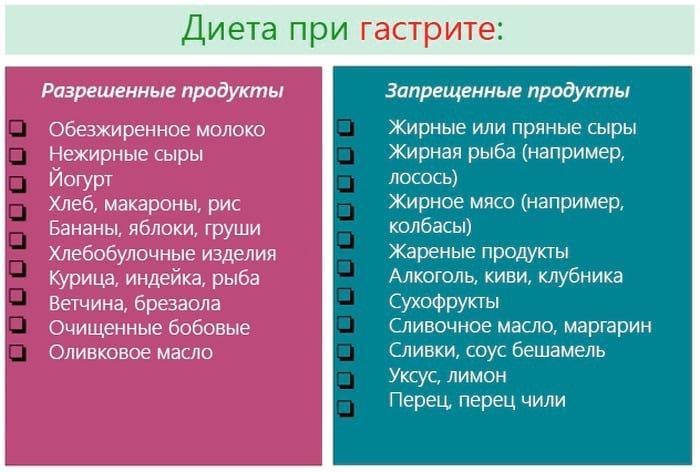
Nutrition for colitis
You can replace excluded dishes with products such as:
- cereals cooked in milk;
- vegetable broths and soups;
- boiled and mashed vegetables;
- fruit puree;
- low-fat cottage cheese;
- weak tea, milk may be added;
- dairy products;
- cereals and on their basis slimy soups;
- honey, marshmallow;
- non-acidic jam;
- natural juices;
- compote.

Approximate menu for 1 day with a meal plan table number 2
Treatment table recommendations No. 16
Treatment table No. 16 is recommended for patients during the acute course of gastric ulcers and gastritis at various stages. In addition, it is recommended for the recovery period after illnesses, while it is worth abandoning:
- pickled, salty foods;
- smoked meats;
- fatty meat, fish;
- spices, seasonings;
- fresh fruit;
- bakery products;
- confectionery products;
- soda;
- coffee;
- strong tea;
- alcohol.
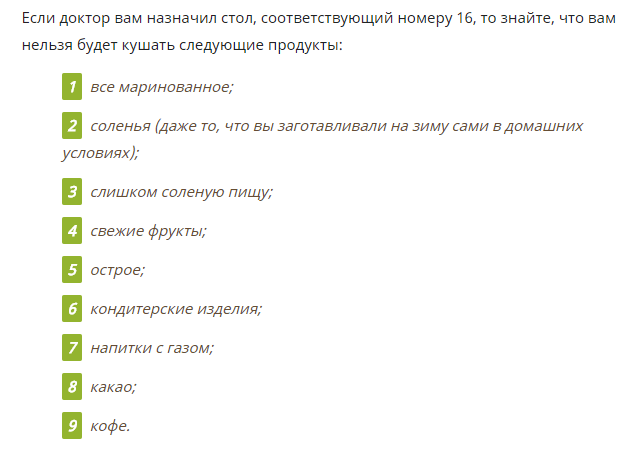
Prohibited foods
Croutons, cereals, lean meats and poultry, lean fish, vegetable and cereal soups will be useful for a sick stomach. From dairy products, you can drink a small amount of low-fat milk every day, eat cottage cheese. Eggs can be used as an omelet. Eat vegetables and fruits only boiled. You can add butter during cooking. Drink weak tea, rosehip broth, jelly with honey or sugar.
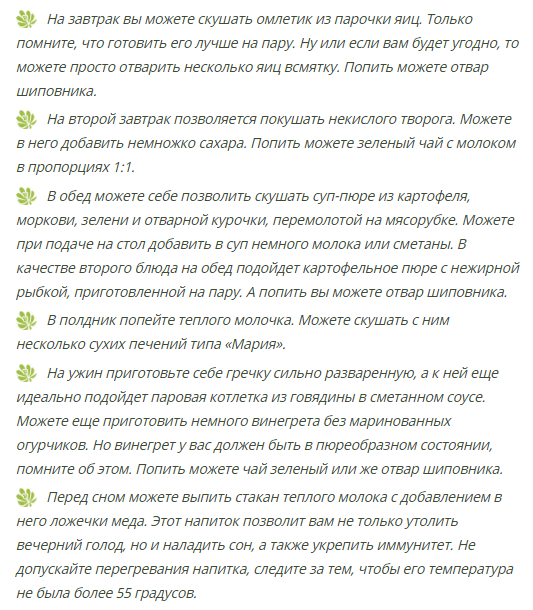
Sample menu for dietary table No. 16
Stomach pain can be a sign of poor nutrition, the presence of bad habits, and also indicate diseases of the digestive tract of various localization and etiology. Diet for diseases of the stomach is an integral element of complex therapy, on which the recovery and restoration of the normal working capacity of the organ depends. Depending on the pathological process, its characteristics and the general condition of the patient, a dietary table No. 1 and its modifications 1a and 1b, No. 2 and No. 16 are assigned.

